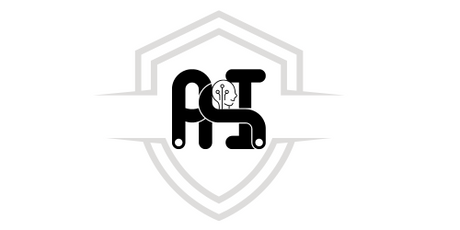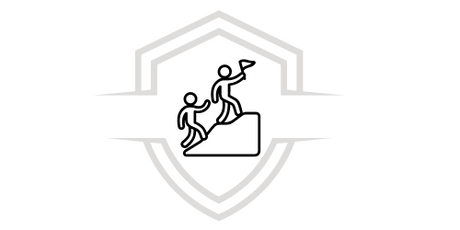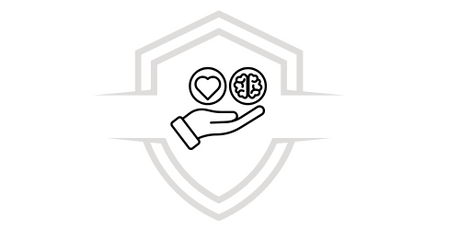The goal of any advertising campaign is the art of persuasion . Advertisements are designed to get people to take some kind of action, whether it's buying a product or service. In advertising campaigns, persuasive elements are used that are built from different techniques. Some of these are very subtle, others may be more direct. Below, we show you the main persuasion techniques used in advertising :
Persuasive Advertising Techniques
1. Sex and Beauty
The association of a product or service with the idea of beauty and sexuality is one of the most used techniques in advertising. Sex is an indisputable hook to attract the attention of the consumer, just as those who sell the beautifying effect of any product easily win the attention of the public.
2. The Affinity
Consumers will always prefer to buy products towards which they feel some kind of affinity or closeness. This factor can be formed in various ways; associating a product with certain family values, or targeting a certain public. The final objective is for the consumer to feel that said product is created in their image and likeness, which will make them marry it for a long time.
3. The Testimonials
Testimonials from celebrities, influencers, and regular consumers are often used to grab a customer's attention and, in turn, gain trust. When someone real claims that a certain product has some kind of value or benefit, it creates a sense of credibility in the public's mind.
4. The information
Information can come from statistical data and can be used to make the product more convincing in the eyes of the consumer. Sometimes it can have real value, however, in other cases it can be a way of camouflaging advertising with journalistic information.
FREE DOWNLOAD
If you want to know more, download our free Ebook Sales and persuasion techniques and enjoy learning with all the information we have for you. Learn how to achieve effective positioning of your brand and value proposition.
Some Techniques
To make persuasion effective, there are some techniques that are effective when creating persuasive advertising. Some of them are:
✔️Imitation: Consumers want to resemble their leaders to a certain extent. Therefore, the product or service is associated with those personalities that are relevant and influential for a certain audience.
✔️The comparison: While it is true that there are laws that prohibit publicly attacking a particular brand of our competition, this does not stop the famous guerrilla campaigns . In it, although the competition is not directly mentioned, comparisons can be made, allowing the consumer's imagination to flow and indirectly understanding what differentiates our product from the other.
✔️Long-term experience: The product or service that we are advertising must place special emphasis on the results of its choice, this means that it must be able to demonstrate to the consumer what they will achieve with our brand before they buy it.
✔️Demonstration: This technique is widely used to promote products in the food sector. The action in which the final result of the product is shown through images or videos will make it effectively persuasive.
✔️Originality: This element is essential when it comes to differentiating ourselves from the competition. The public will remember any original idea in an advertisement and, therefore, it will be easy for them to remember it.
Persuasion and advertising are closely linked, since the goal is to convince the consumer through a reasonable argument and provoke the purchase action. Without a doubt, it has become one of the most pressing concepts for professionals in the advertising sector.
Courses that may interest you
Do you want to master new sales and persuasion techniques? Don't miss our complementary courses in Growth Marketing, Account Manager and Digital Marketing Diploma.















